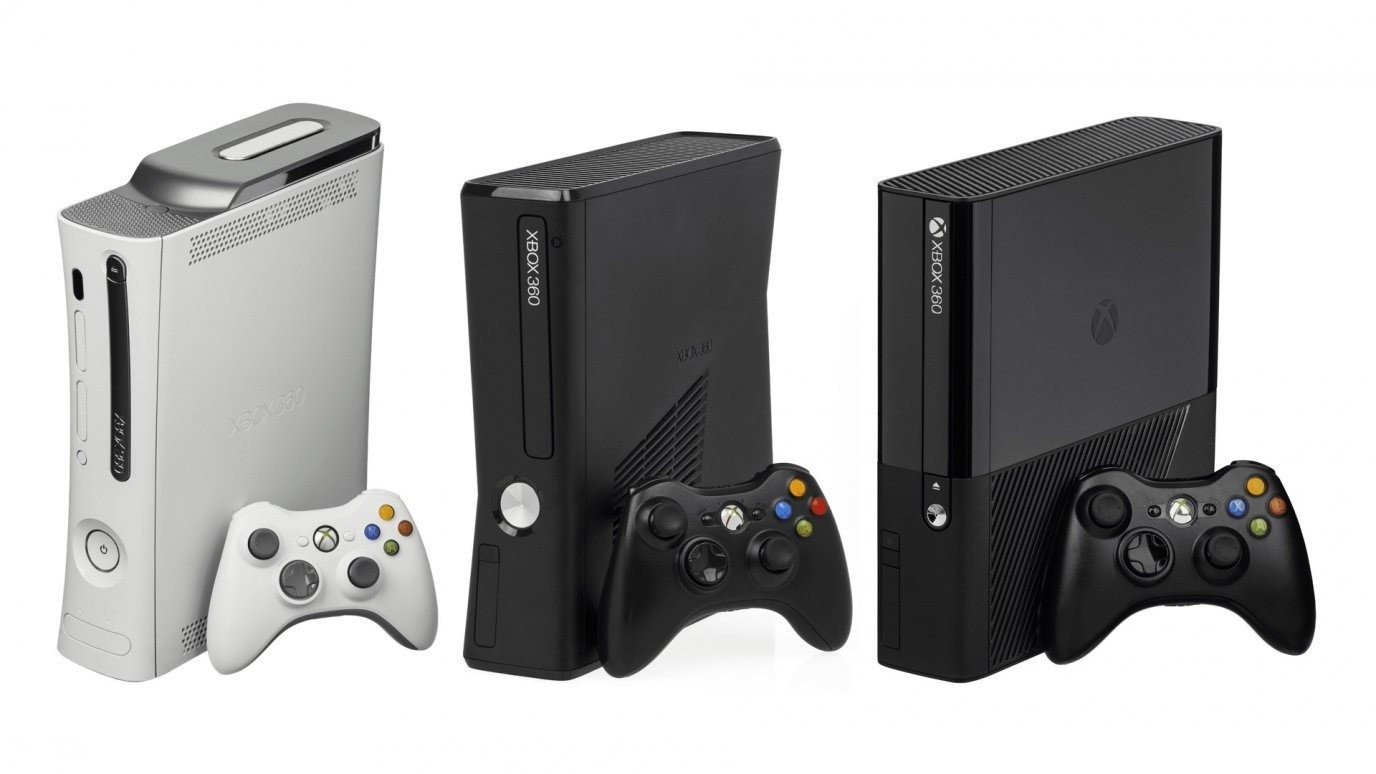Il controller dell'Xbox 360 è molto simile al controller originale "S", a differenza dei bottoni nero e bianco, che sono stati spostati nella parte posteriore vicino ai grilletti. Le funzionalità wireless sono assicurate da una batteria AA; potrete utilizzare batterie tradizionali o ricaricabili

Oltre al controller, il telecomando e l'Xbox live headset, abbiamo visto anche una serie di videocamere. Il design di queste ultime non è ancora ultimato e probabilmente non saranno pronte per la data di lancio.
Potenza, bilanciamento e flessibilità
Dopo aver ascoltato alcune delle idee nascoste dietro la Xbox 360 e dopo aver familiarizzato con le unità e le periferiche, Tood Holmdahl (Corporate Vice President, Xbox Product Group) ci ha mostrato le caratteristiche tecniche della 360. Mentre mostrava le motherboard e i chip ha affermato: "Avevamo tre obiettivi in mente quando abbiamo iniziato a progettare l'hardware. Doveva essere flessibile e allo stesso tempo molto potente, ma anche bilanciato".
La CPU è un processore PowerPC progettato da IBM. L'architettura prevede 1 MB di cache L2 e tre core funzionanti a 3.2 GHz ognuno. Ogni core può gestire due thread per un totale di sei thread.
La GPU è anch'essa progettata apposta per la Xbox e porterà il marchio ATi. Il core sarà cloccato a 500 MHz e disporrà di 10MB di 3D Logic DRAM. Sarà inoltre dotata di 48 unified shader, che possono essere utilizzate sia come unità vertex che pixel.
| Xbox 360 System Performance | |
| Custom IBM PowerPC-based CPU | * 3 symmetrical cores running at 3.2 GHz each * 2 hardware threads per core; 6 hardware threads total * 1 VMX-128 vector unit per core; 3 total * 128 VMX-128 registers per hardware thread * 1 MB L2 cache |
| CPU Game Math Performance | * 9 billion dot product operations per second |
| Custom ATI Graphics Processor | * 500 MHz * 10 MB embedded DRAM * 48-way parallel floating-point dynamically-scheduled shader pipelines * Unified shader architecture |
| Polygon Performance | * 500 million triangles per second |
| Pixel Fill Rate | * 16 gigasamples per second fillrate using 4X MSAA |
| Shader Performance | * 48 billion shader operations per second |
| Memory | * 512 MB GDDR3 RAM * 700 MHz DDR * Unified memory architecture |
| Memory Bandwidth | * 22.4 GB/s memory interface bus bandwidth * 256 GB/s memory bandwidth to EDRAM * 21.6 GB/s front-side bus |
| Overall System Floating-Point Performance | * 1 TFLOP |
| Storage | * Detachable and upgradeable 20 GB hard drive * 12X dual-layer DVD-ROM * Memory unit support starting at 64 MB |
| I/O | * Support for up to 4 wireless game controllers * 3 USB 2.0 ports * 2 memory unit slots |


